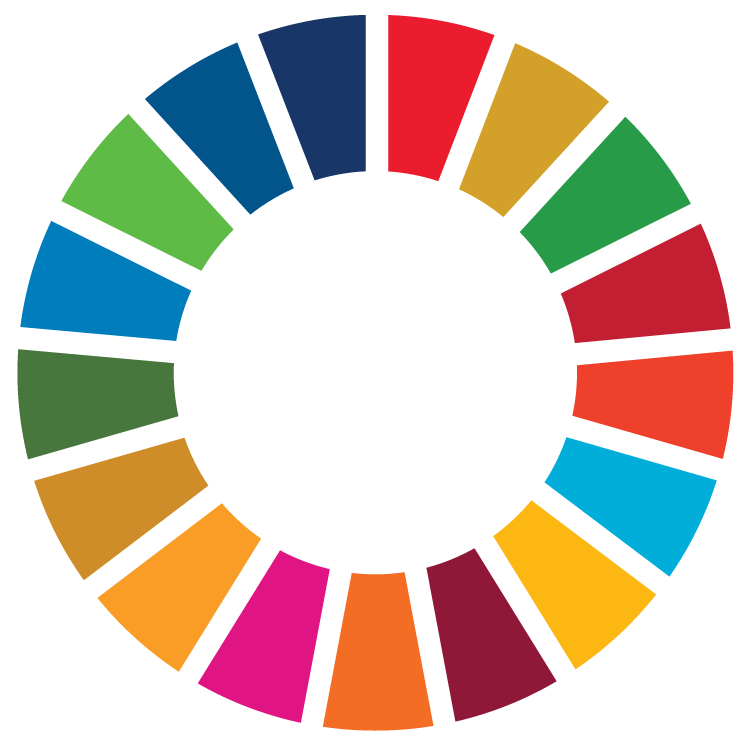Reporters: Mr. Sujinda Saehan, Mr. Ekkajak Intarat, Mr. Nitigon Jumniansuk, Mr. Thanet Sangseejun
Evidence Date: June 10th, 2024
Related SDGs: 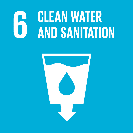
Related Indicators: 6.3.1, 6.3.2, 6.5.1, 6.5.3, 6.5.4, 6.5.5, 6.5.6, 6.5.7
Details:
The Tapi River region in southern Thailand is an important center for local aquaculture, where many farmers rely on fish cage systems for fish production. Fish cages are popular due to their low initial investment, minimal land disturbance, and use of naturally available river water. However, these systems face a recurring challenge: low dissolved oxygen (DO) levels, which frequently cause mass fish mortality and threaten the economic stability of aquaculture operations.
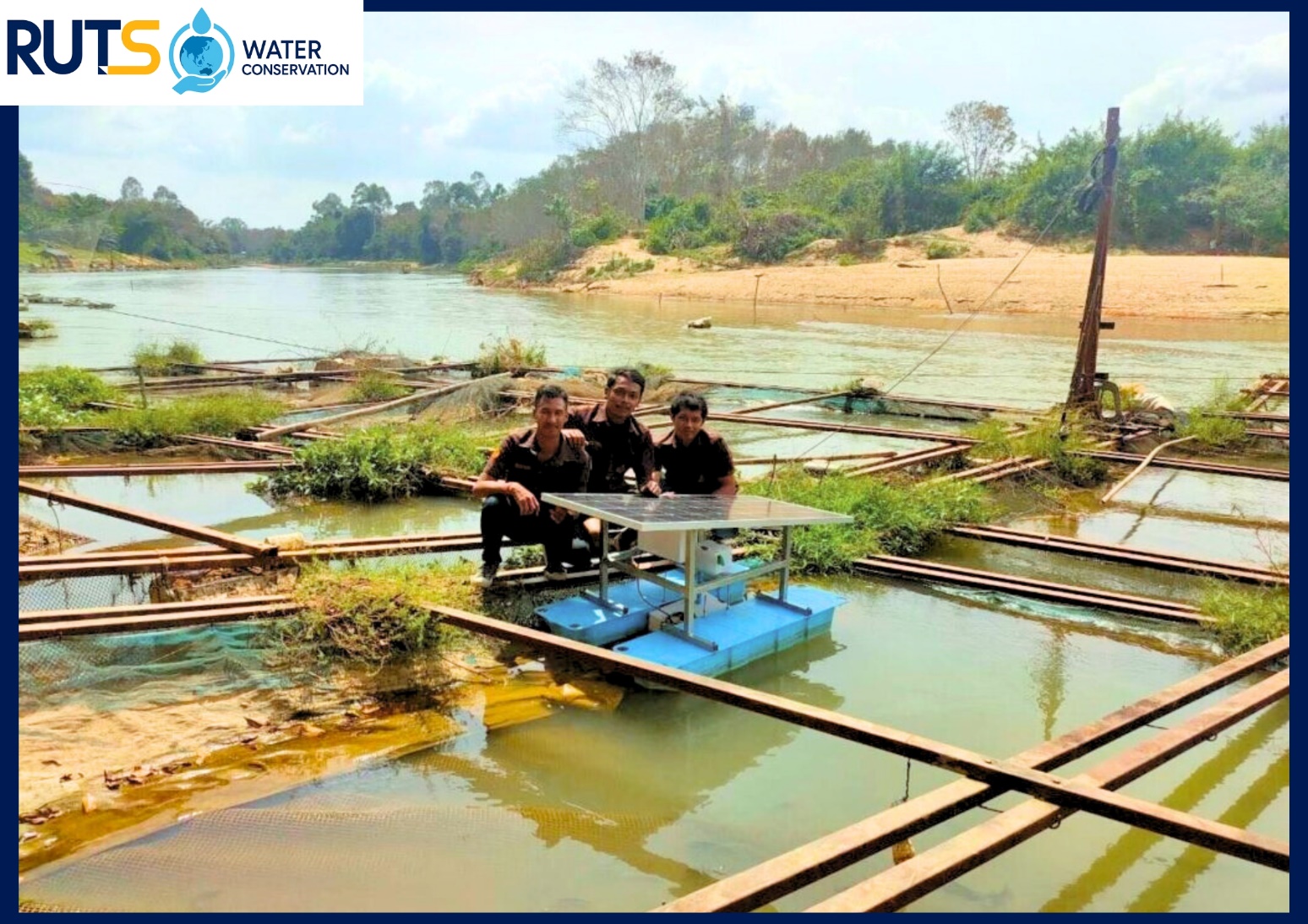
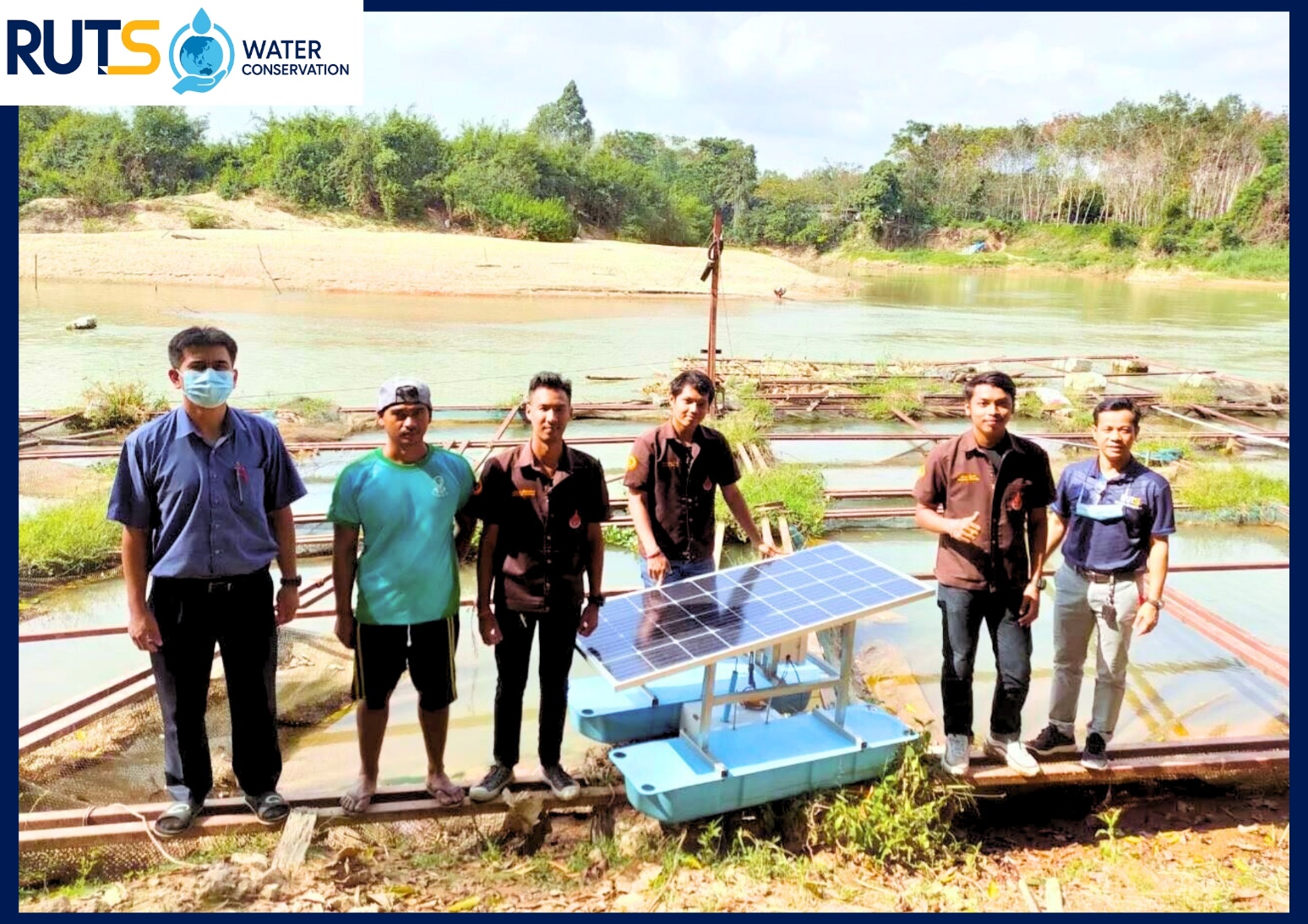
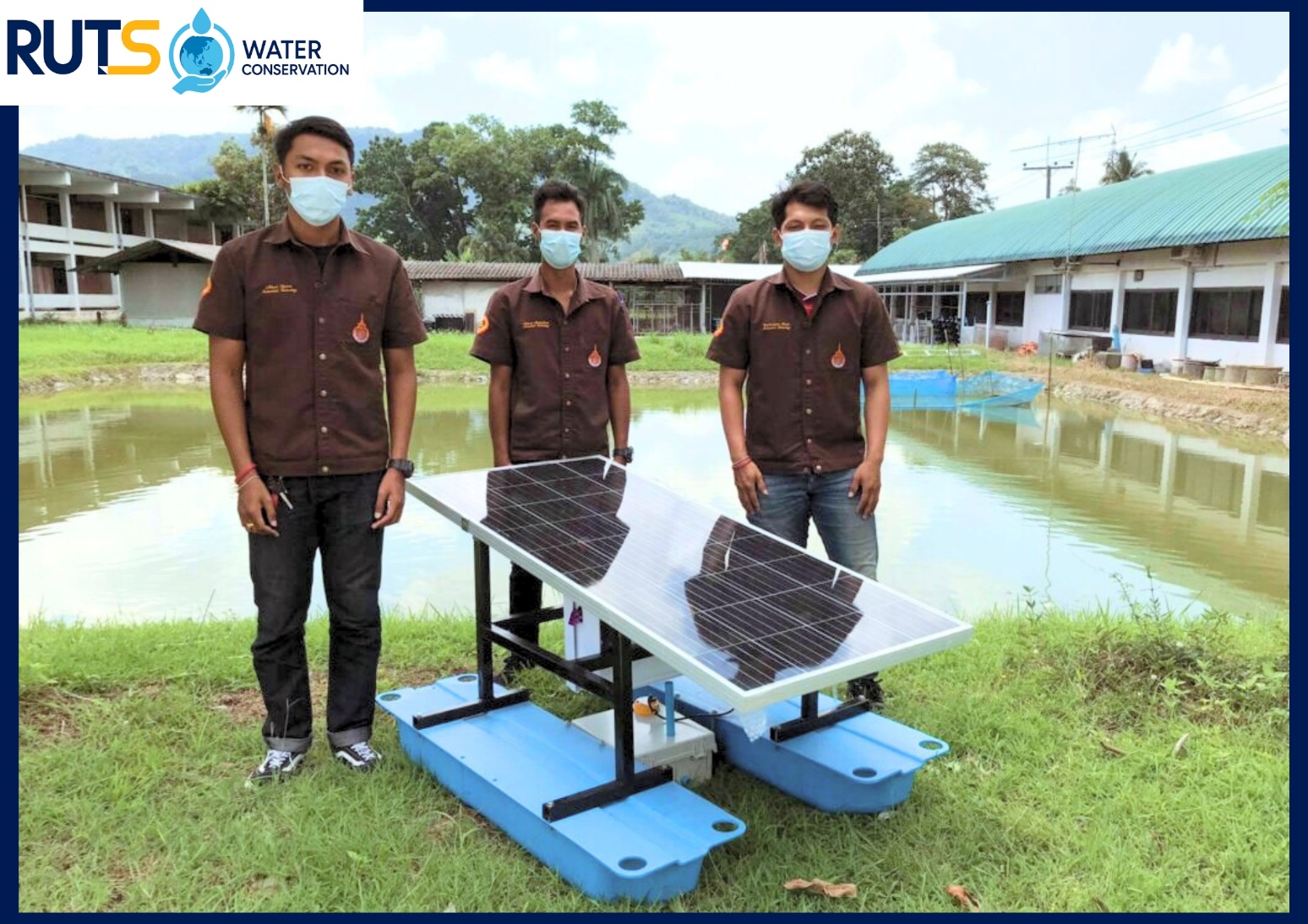
Low DO levels are particularly severe during the annual dry season or periods of flooding, when water circulation around fish cages slows, limiting natural oxygen replenishment. This stagnation creates an unhealthy aquatic environment, encouraging the growth of harmful bacteria and algae, further compromising water quality. Poor water quality not only endangers fish health but also undermines the ecological balance of the Tapi River, affecting other aquatic organisms and the livelihoods of communities dependent on freshwater resources.
In response to this pressing issue, three students from the Industrial Technology Program, Faculty of Science and Technology, RUTS—Mr. Watcharakorn Jitaree, Mr. Athiwat Thipchantra, and Mr. Nitipong Nookarpkaew—developed a research initiative under the supervision of Ms. Bandita Phoosapmue Ponnathong and Assistant Professor Pongphan Ratchapakdee. Their project focuses on a low-cost, automatic solar-powered aeration system designed to maintain optimal DO levels in fish cages. The system uses solar energy to power aerators that continuously circulate and oxygenate the water, ensuring that dissolved oxygen remains within safe limits for fish health. Automation allows the system to respond dynamically to environmental conditions, reducing human labor and operational costs while guaranteeing stable water quality.
This innovation aligns directly with Sustainable Development Goal 6 (SDG 6: Clean Water and Sanitation), which emphasizes the sustainable management of water resources and the protection of freshwater ecosystems. By maintaining DO levels, the aeration system helps prevent water stagnation, reduces the accumulation of organic waste, and minimizes the risk of waterborne diseases. These measures not only enhance fish survival but also safeguard water quality for downstream communities. Furthermore, the use of solar power supports energy-efficient aquaculture, reducing reliance on non-renewable electricity sources and preventing additional environmental stress on freshwater systems.
The project also strengthens local resilience and community well-being. Improved water quality in fish cages ensures higher fish survival rates, stabilizing farmers’ incomes and contributing to local food security. Additionally, the system encourages sustainable aquaculture practices that protect aquatic ecosystems while promoting responsible freshwater management.
Beyond immediate aquaculture benefits, this initiative demonstrates how low-cost, technology-driven solutions can advance both environmental and social objectives. By enhancing freshwater quality, promoting efficient resource use, and fostering sustainable livelihoods, the RUTS student-led project exemplifies an integrated approach to achieving SDG 6. It highlights the importance of balancing human activity with ecological stewardship, showing that innovative interventions can simultaneously improve community welfare and protect vital water resources.
In conclusion, the development of a solar-powered, automatic aeration system by RUTS students represents a critical advancement in sustainable aquaculture and freshwater management. By directly addressing dissolved oxygen deficiencies and promoting clean, healthy water systems, the project supports SDG 6 while enhancing economic resilience and environmental sustainability in the Tapi River basin. Such innovations provide a model for future efforts to harmonize aquaculture productivity with responsible water stewardship, ensuring that communities can sustainably benefit from their freshwater ecosystems.
Related Links:
